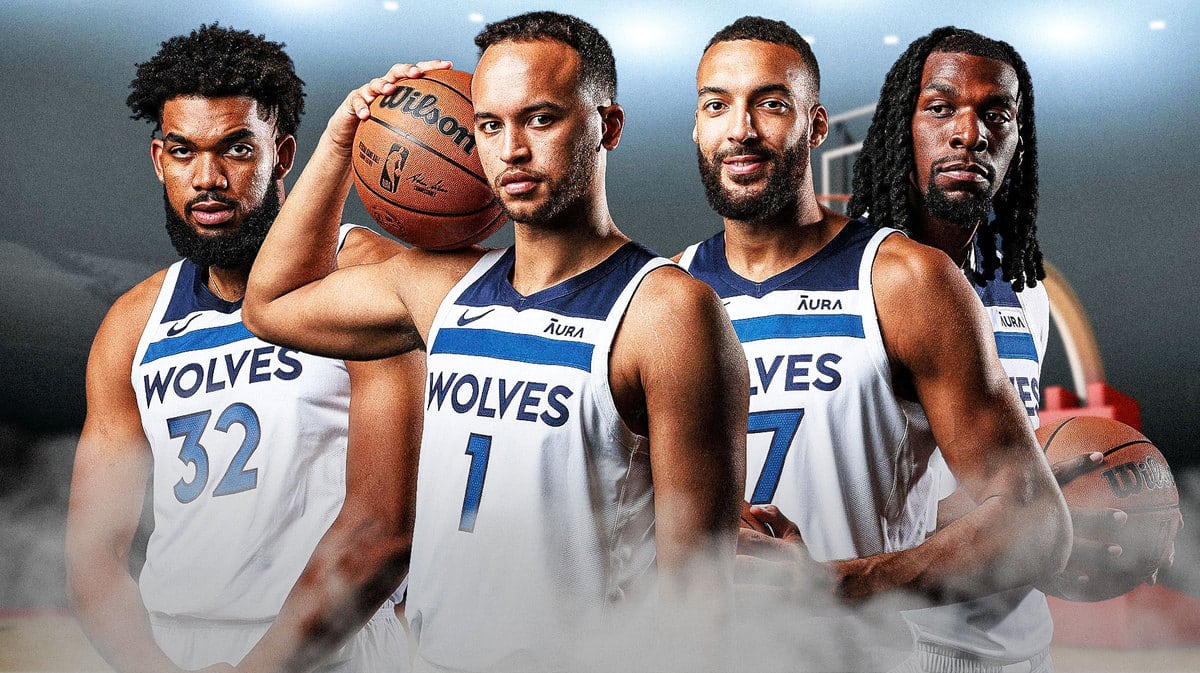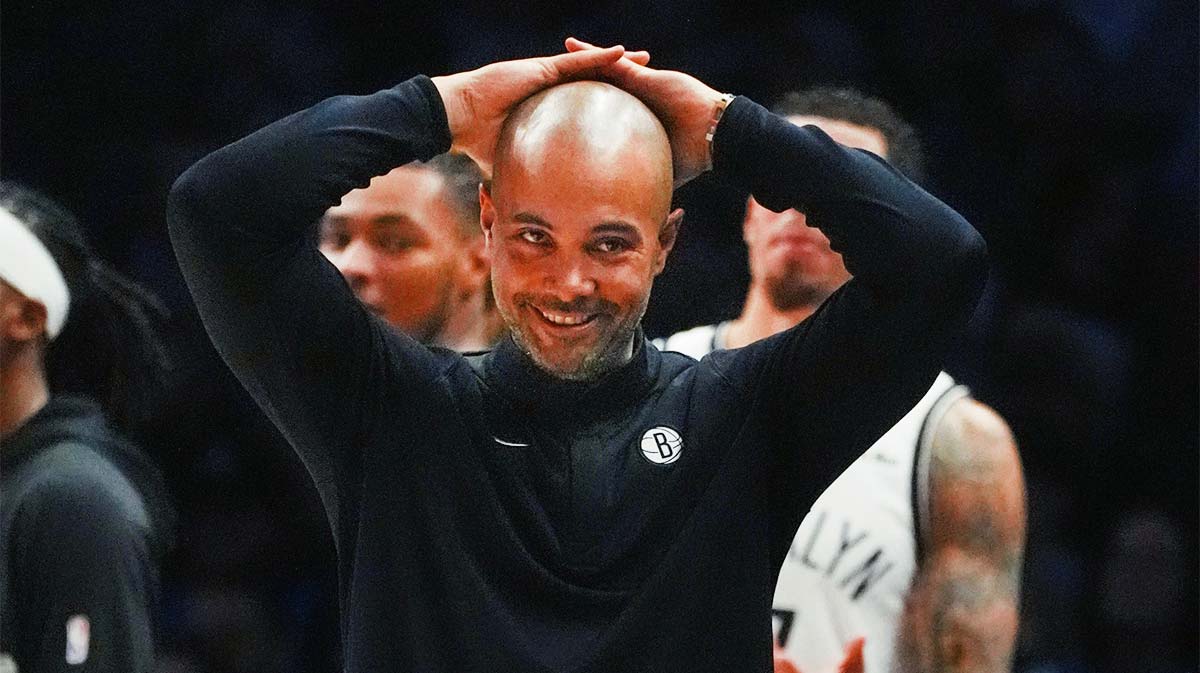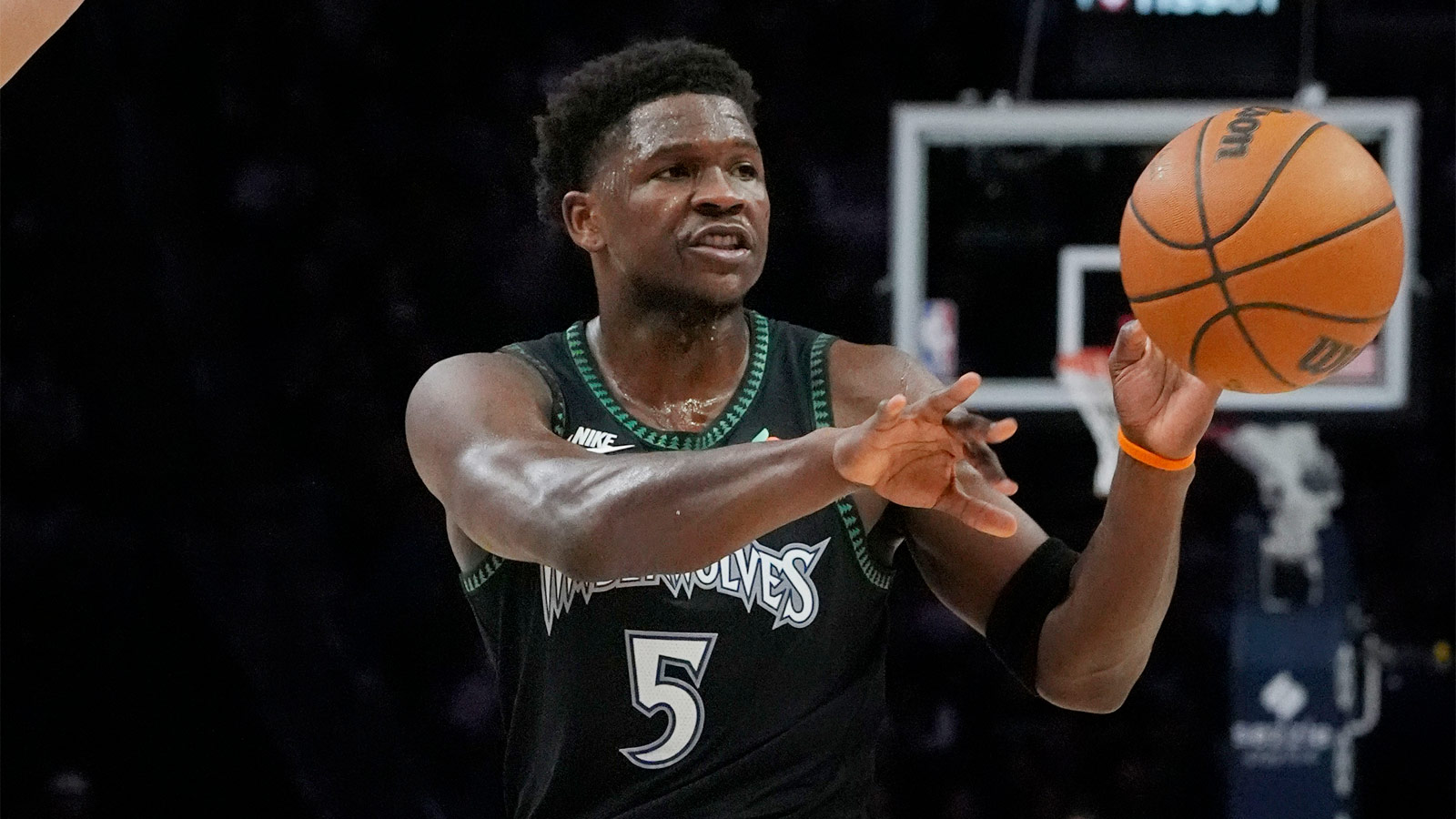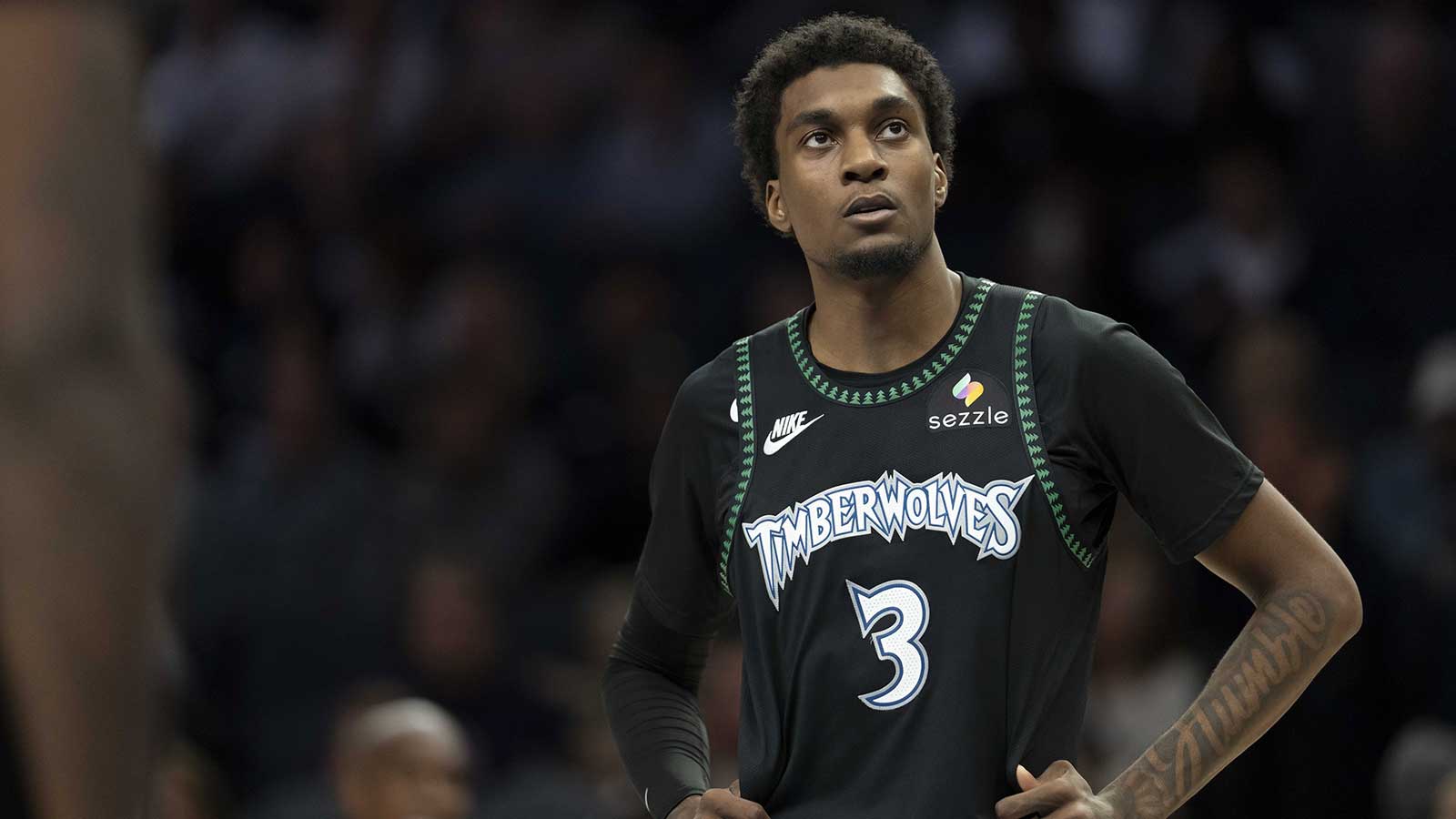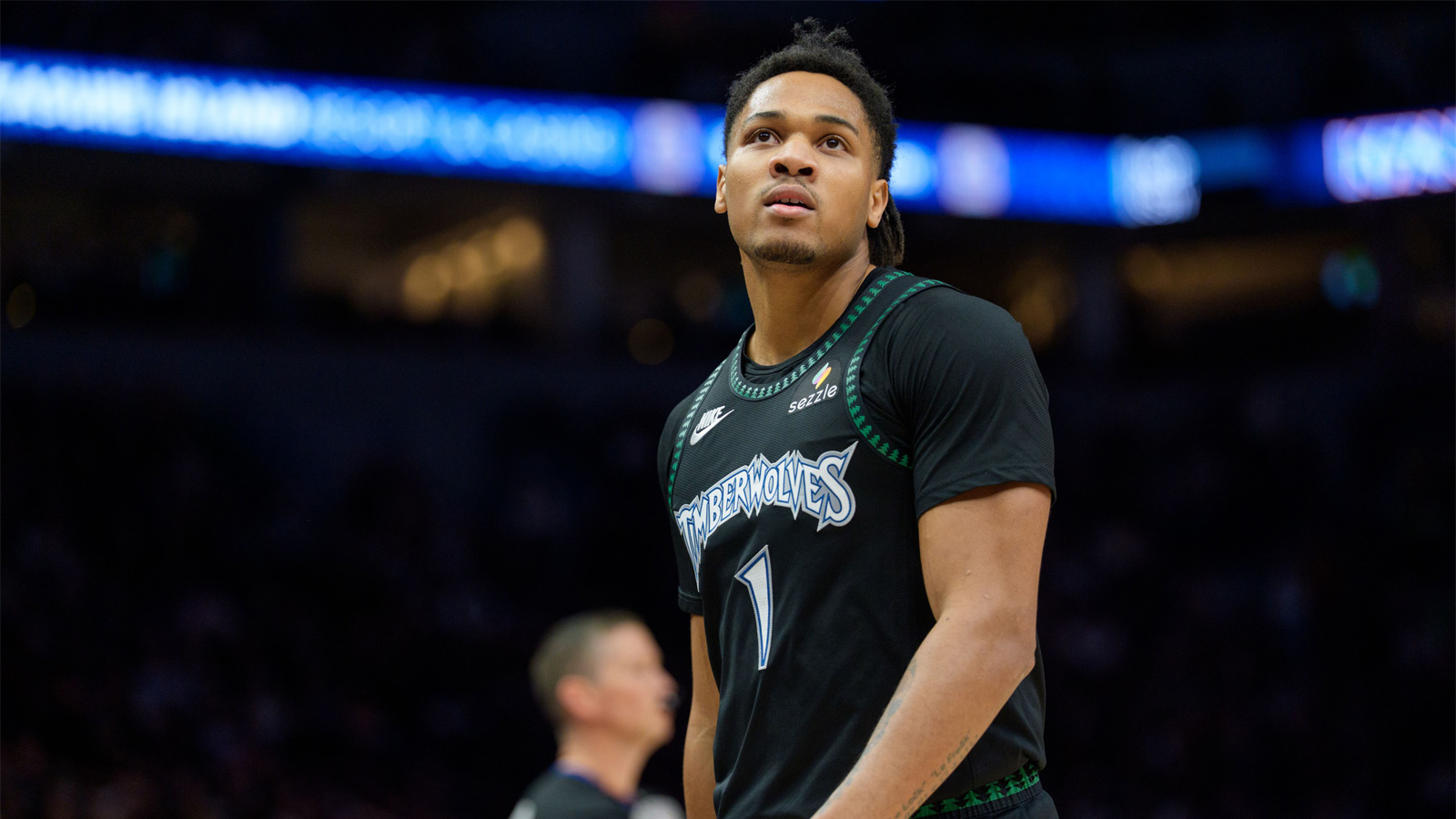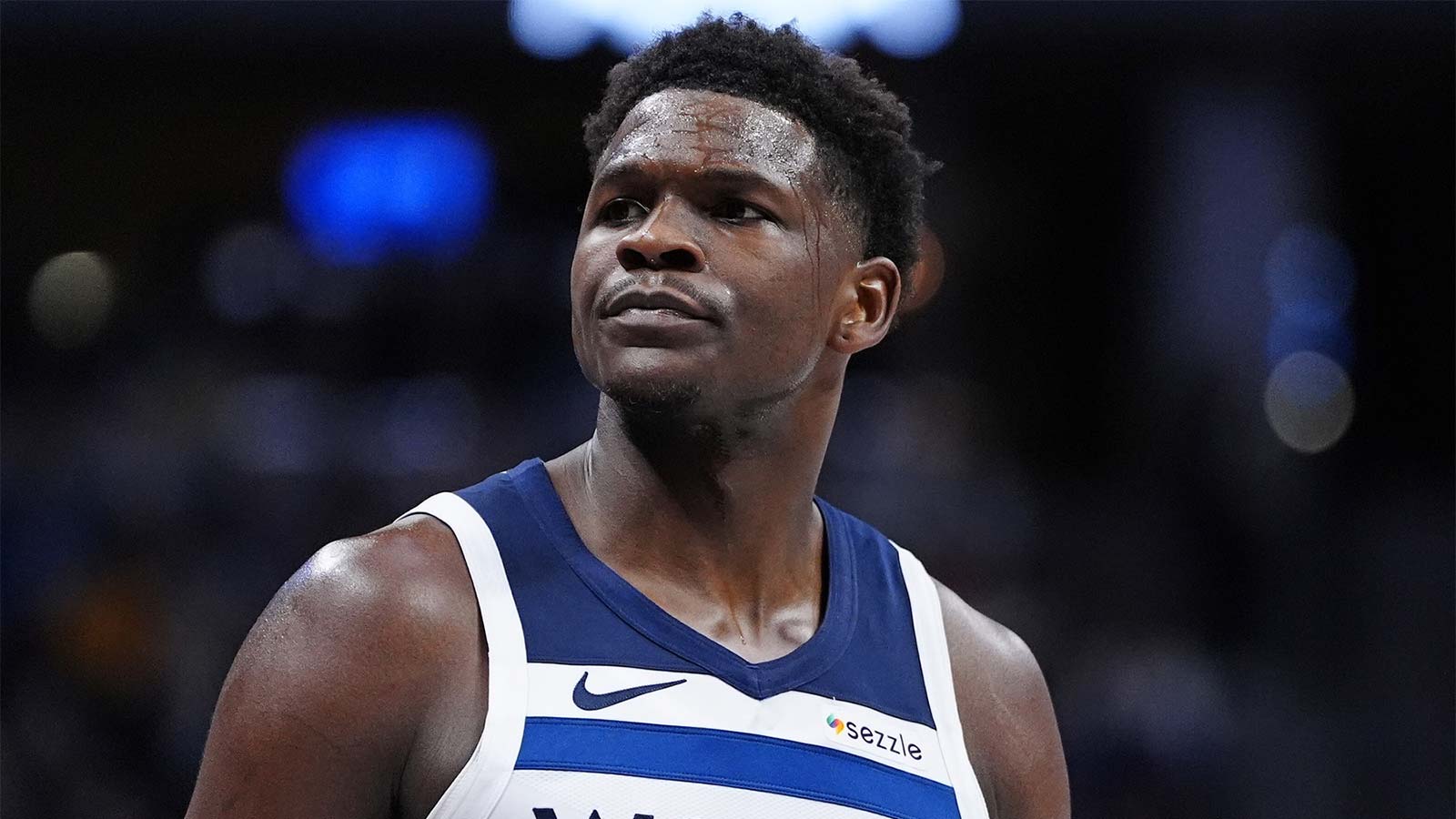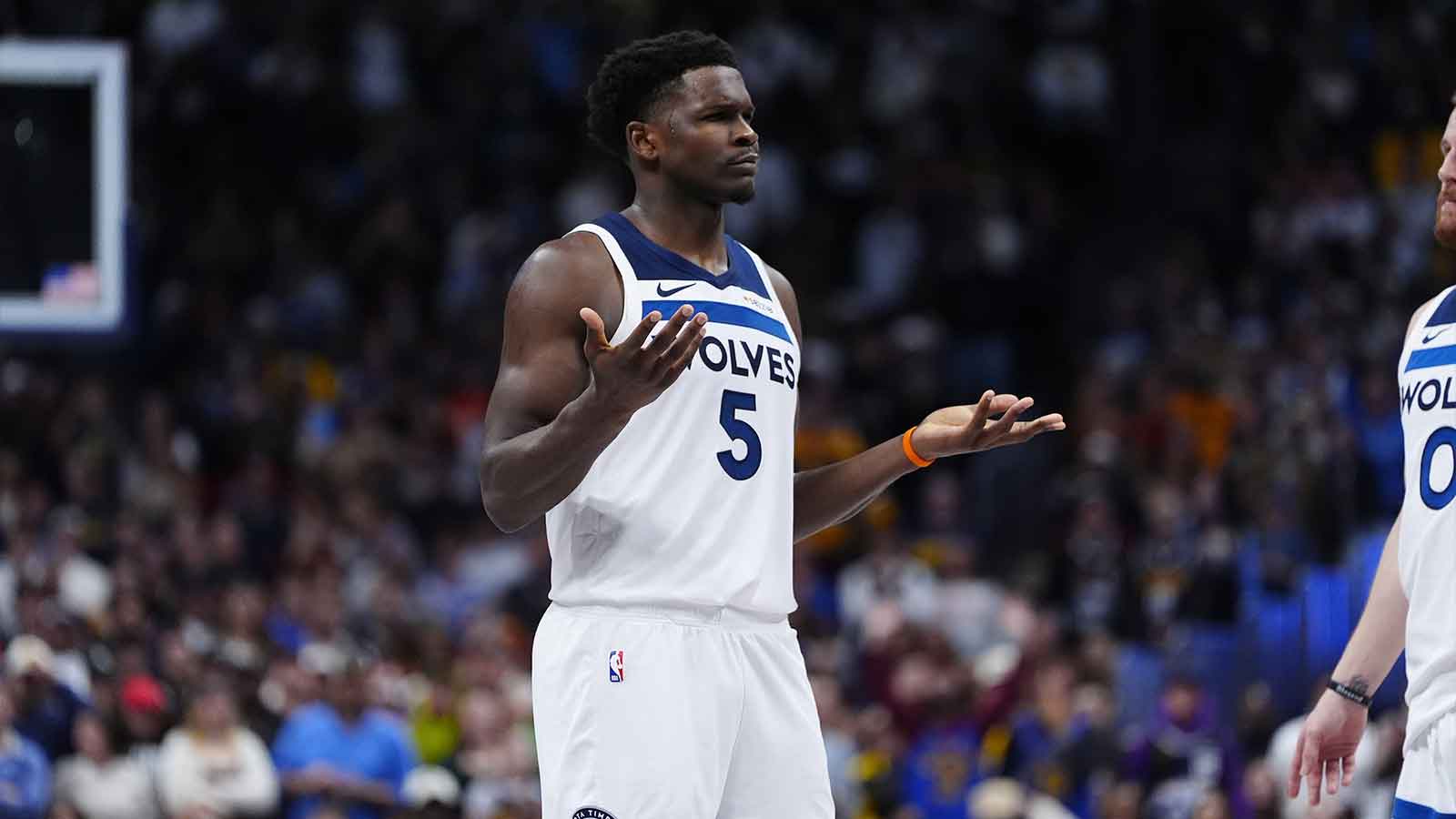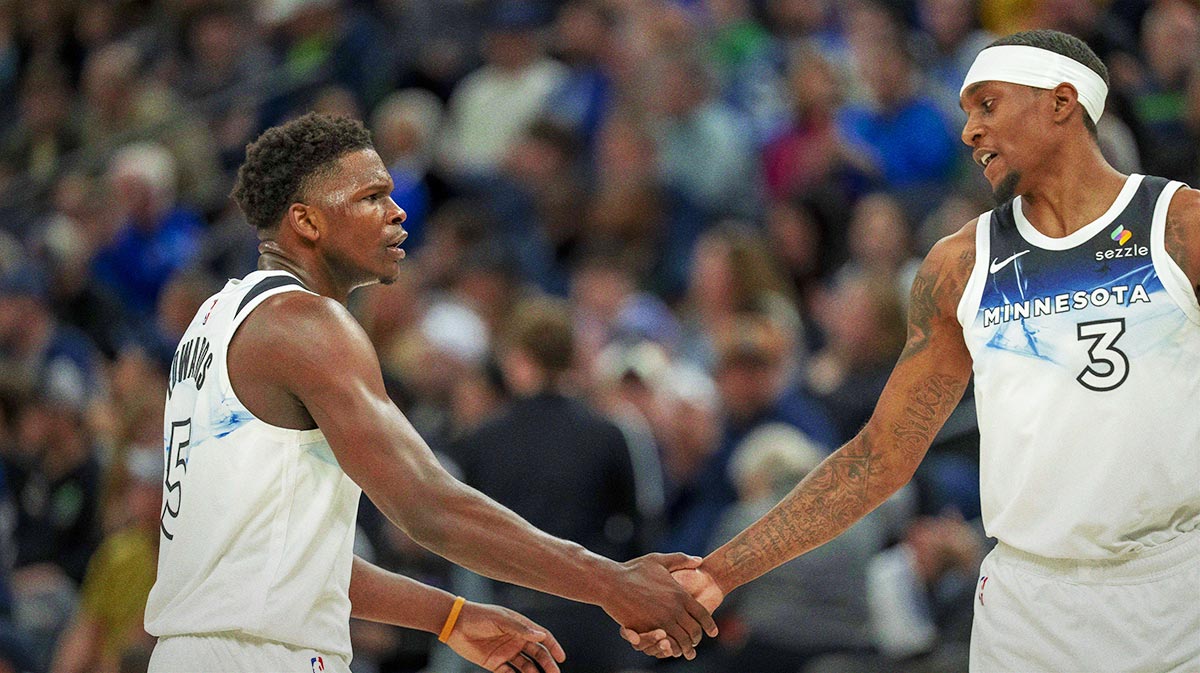Over a year ago, the Minnesota Timberwolves traded the whole house to pair Rudy Gobert with Karl-Anthony Towns as Anthony Edwards began his ascent into superstardom. A year later, after mixed results and a debilitating Towns calf injury, the Wolves committed long-term to yet another big man. Naz Reid signed a three-year, $41.96M deal with Minnesota this summer.
The Timberwolves are now tripling down on skilled size. The concern, however, isn't just about how the three big men fit together, but whether Minnesota has the correct surrounding pieces to fit their double-big lineups. If not, the Wolves' questionable roster construction could be the fatal flaw that prevents them from leveling up toward legitimate contention in 2023-24.
The Timberwolves' surrounding core
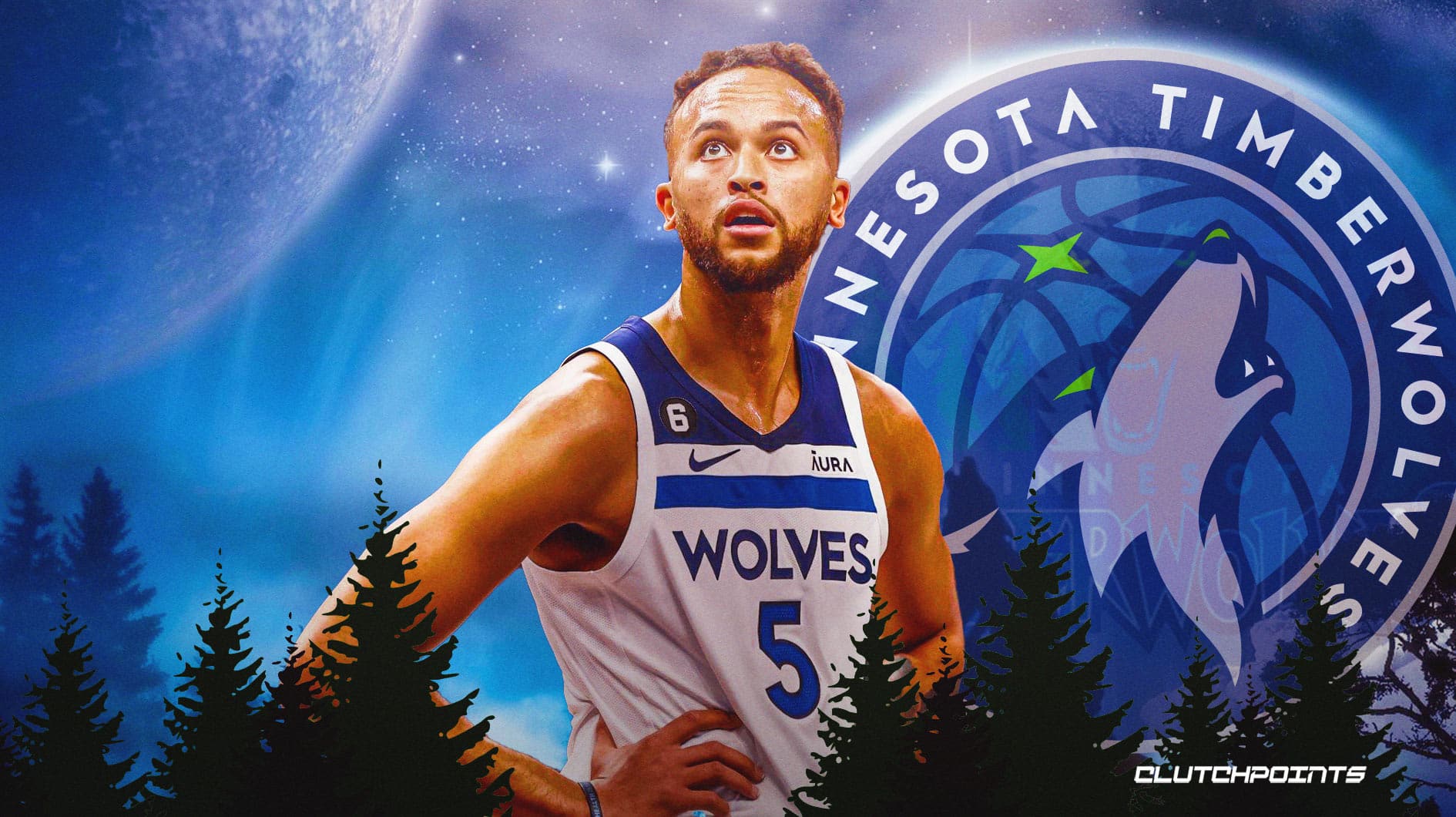
The perimeter talent in Minnesota includes a lot of notable players with varied skill sets.
Edwards is the headliner, but Jaden McDaniels has blossomed into an elite young wing player. While he is still emerging offensively, McDaniels has become one of the league's best defensive stalwarts. Mike Conley's quick decision-making, ball security and 3-point shooting make him a perfect fit next to Towns, Gobert and Reid.
Kyle Anderson had a fantastic season last year filling in as the starting power forward during Towns' absence. Anderson averaged 9.4 point, 4.9 assists, 5.3 rebounds per game while shooting a career-high 41% from beyond the arc. His creative passing and change-of-pace capability made him a unique fit in the frontcourt alongside Gobert, as the two connected on numerous alley-oop attempts in 2022-23.
However, with Towns back in action this season, Reid extended and Gobert still holding down the middle, Anderson's role and position are now causes for concern. While Anderson was a huge positive last season, the Wolves will now look to employ Slo-Mo at small forward instead of power forward.
Anderson has appeared multiple times this preseason in lineups containing both Reid and Gobert. Looking at his lineup data from last year, the Timberwolves were typically much better when Anderson was playing power forward, per Dane Moore. Specifically, Minnesota dominated the minutes Anderson shared the court with only one of Gobert or Towns. Comparing that to the minutes of Anderson with two of the three bigs, the Wolves were either less dominant or, in most cases, flat-out bad.
Anderson lineup combinations next to Towns/Gobert/Reid at PF and SF
(*much* smaller samples at the 3 — which gives more hope) pic.twitter.com/jfxh5Pf0se— Dane Moore (@DaneMooreNBA) June 26, 2023
If Slo-Mo can't replicate his outlier shooting season from a year ago, the Wolves may struggle even more with Anderson being a likely full-time small forward after the loss of Taurean Prince. Chris Finch's rotation management and lineup combinations are more important than ever this upcoming season.
Championship teams need everything to click in place perfectly at the right time. Lineup deficiencies are hard to overcome, especially come playoff time, and Kyle Anderson's role and usage should be at the forefront of the conversation in Minnesota.
Minnesota's lack of wing depth
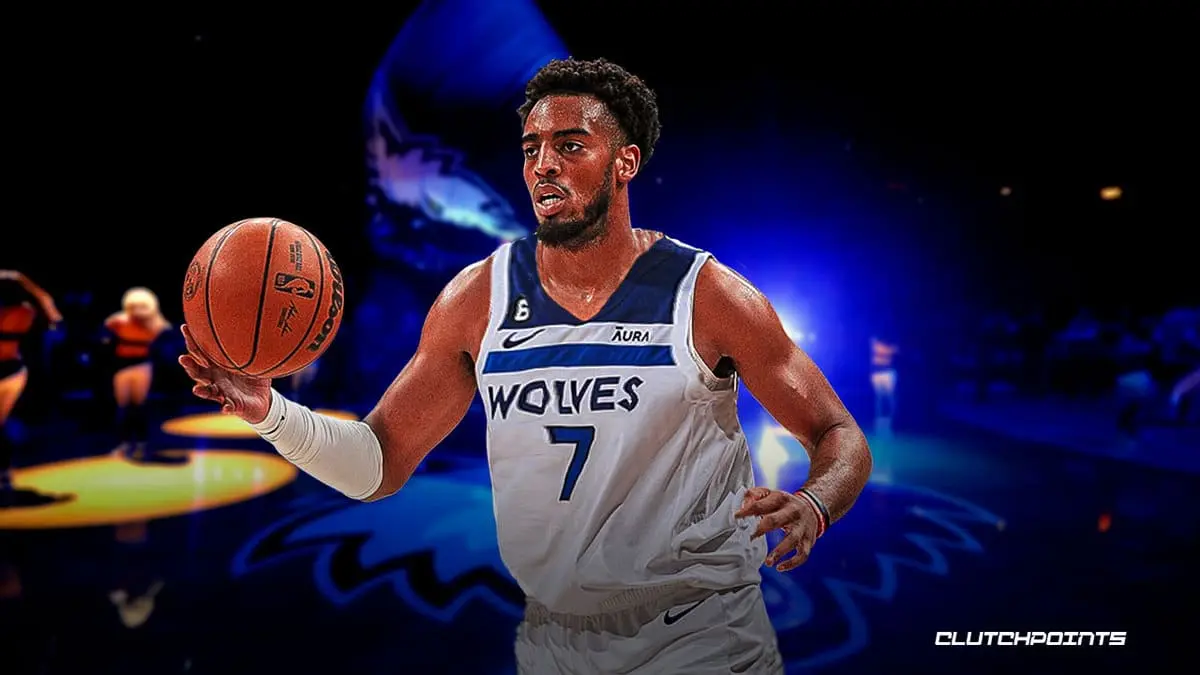
Outside of concerns about Anderson's new role, the Timberwolves are still relatively thin on the wing. We know Edwards and McDaniels are a great starting wing duo. The worries stem from the lack of a truly proven wing player coming off the bench.
Last season, the Timberwolves aspired for Jaylen Nowell to become that bench spark-plug scorer. That did not work, as Nowell was not given a new contract in Minnesota this offseason. Nickeil Alexander-Walker flashed in the play-in tournament and playoffs for Minnesota during McDaniels' absence due to a hand injury. Despite this recent success, it is important to note that Alexander-Walker has never averaged 23 minutes per game for a single season and holds career shooting splits of .397/.339/.713.
Was his short stint last year a flash in the pan? Or can NAW become the Wolves' go-to bench option? Troy Brown Jr. shot a career-high 38.1% on triples for the Los Angeles Lakers last season, but quickly fell out of their rotation come playoff time. Finch may need to alter his rotations frequently depending on who is playing well on a given night. Consistency off the bench is a question yet to be answered, as the Wolves need complementary play and shooting around their bigs.
Minnesota's season will come down to how its pieces and lineups fit together. Will the double-big lineups work? Can you afford to pay three high-quality big men? How does Anderson fit now? Do the Wolves have enough shooting? The concerns on fit and lineup flexibility appear to be the likely fatal flaw that limits Minnesota this season.
Will the Wolves reach new heights in 2023-24 with two seven-footers? This season will answer a lot of those questions and give Minnesota's front office some much-needed clarity going forward.

